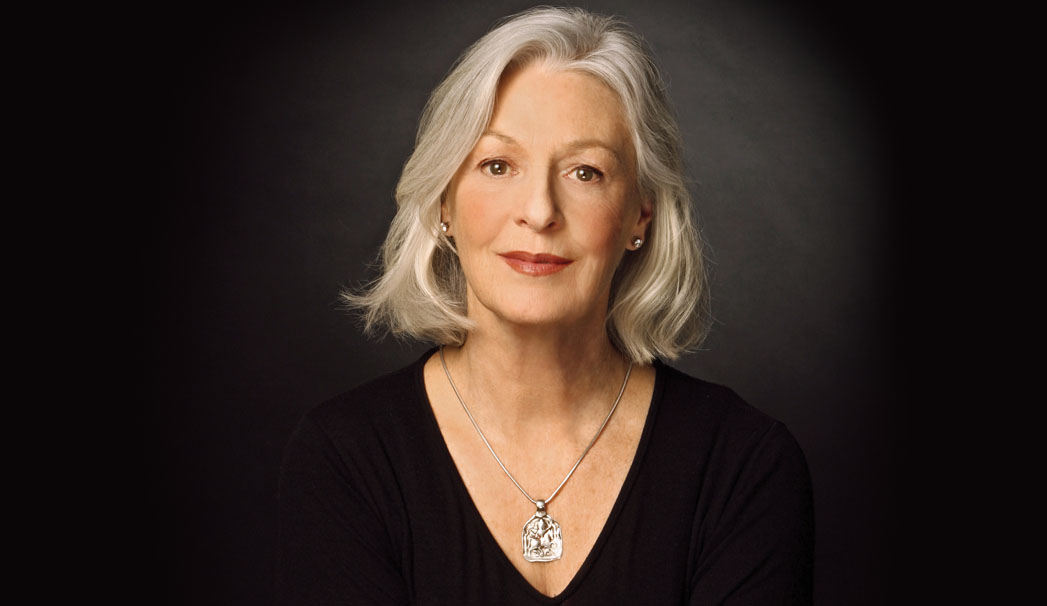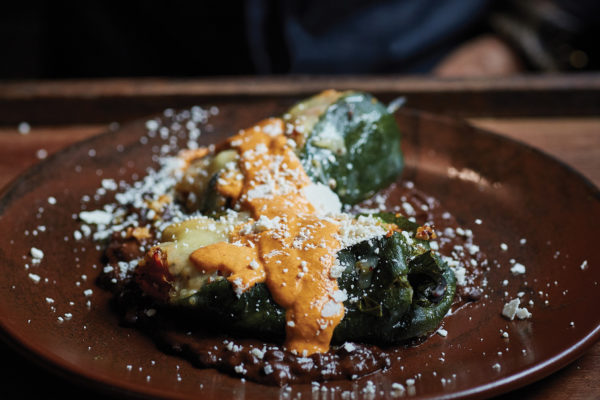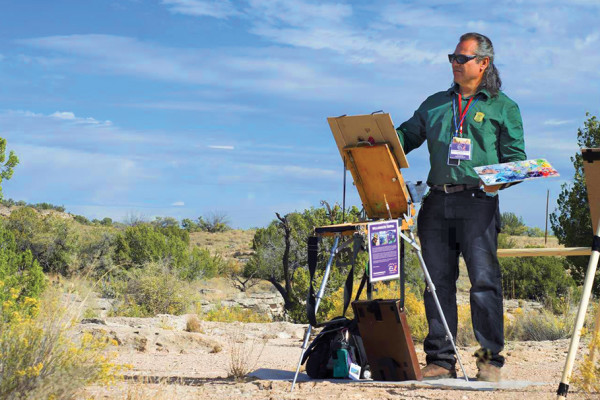You might say Jane Alexander’s acting career is the stuff that dreams are made of. She earned an Oscar nomination for her film debut in The Great White Hope (1970) but only after she starred in the same play on Broadway and won a Tony Award for her role. Jane would go on to star in Academy Award-winning films such as All the President’s Men (1976), Kramer vs. Kramer (1979) and Cider House Rules (1999). She won Emmy awards for Playing for Time (1980) and HBO’s Warm Springs (2005). Jane was appointed chair of the National Endowment of the Arts in the 1990s. She’s the author of several books and the recipient of 11 honorary doctorates from colleges and universities. Jane will receive Sedona International Film Festival’s Lifetime Achievement Award on Feb. 25 at the Sedona Performing Arts Center. She now divides her time between New York and Nova Scotia. Jane checked in with Sedona Monthly to reflect on her career – and discuss local birding.
Sedona Monthly: Congratulations on receiving the Lifetime Achievement Award from the Sedona International Film Festival. Have you ever been to Sedona?
Jane Alexander: I have many, many years ago. It must have been some time in the ’80s. It was a beautiful place – a sleepy town back then.
The Sedona Film Festival will be screening The Great White Hope and possibly Kramer vs. Kramer. You received a Tony award for your role as Eleanor in the Broadway production and you were nominated for an Academy Award for the film version of The Great White Hope. This is an astounding achievement for an actress – this was your first major play and your first starring role in a film. How do you look back on that achievement now?
I was just on the street of this sleepy little town on the Hudson River where I live part of the year, and a guy approached me with tears in his eyes. He said, ‘My father took me to see The Great White Hope when I was a kid, and I’ll never forget it.’ I’ve been pondering The Great White Hope because it’s coming up on its 50th anniversary. It was an amazing play to be a part of at the height of the Black Power movement in 1968. I always like to think that we’ve moved forward with racism, but I question that sometimes. But at that time, it seemed we moved the needle forward, even though I was the white chick – as one person described me – in the movie, I did get a lot of death threats from white bigoted people when I did the play. I was on Broadway for a year with James Earl [Jones]. Of course, we did the movie together, so we worked together for the better part of two years. If I got any threats from doing the movie, my publicists kept it from me.
I think it’s safe to say that you got to know the role of Eleanor Backman – in real life Etta Terry Duryea – quite well between those two productions. What did you learn from her?
The play was clearly about racism and white bigots. It’s called The Great White Hope because that’s what they called the boxer they were looking for to defeat, Jack Johnson, the first black heavyweight champion of the world, in 1910. What I learned was how differently black audiences and white audiences responded to the same love story, because it was a love story as well as a story about a boxed being pursued and brought down. It’s the same thing that happened when O.J. Simpson got [acquitted]. I was in the room with some of my close black friends and my close white friends. My black friends leapt up and cheered, and we as white people just sat there, stunned. That was kind of what the play did as well. When I died in the play, I threw myself down a well because [Jack] wasn’t interested in me anymore, and they bring my body all wet and muddy to James Earl, who takes me in his arms. The black audiences would laugh, and the white audiences would sit there in horror and sadness. It was fascinating. Not to say there weren’t exceptions on both sides – there were. It was just pretty stark at that time. There were a lot of firsts with the play. It was the first play to move from a regional theater to a Broadway house. It was the first play to have a black man and a white woman in a bed together. We weren’t doing much in that bed – we were just talking and we were fully clothed – but it didn’t matter.
Was that also a first for the film?
Absolutely. I believe it was also the first time you’d seen an interracial kiss.
What are your favorite memories from filming Kramer vs. Kramer?
Meryl [Streep] was fairly new on the scene, and it was clear that she was exceptional, even though she and I didn’t have any scenes together – we just had one exchange in the courtroom. Dustin [Hoffman] and I had already had that powerhouse scene in All the President’s Men, which is one of my all-time favorite scenes. I’ve been told it’s shown in film schools because [director Alan] Pakula had staged it so beautifully and with such tension. So Dustin and I already had a good working relationship and that carried through to Kramer vs. Kramer. We really had a great time together working on that.




